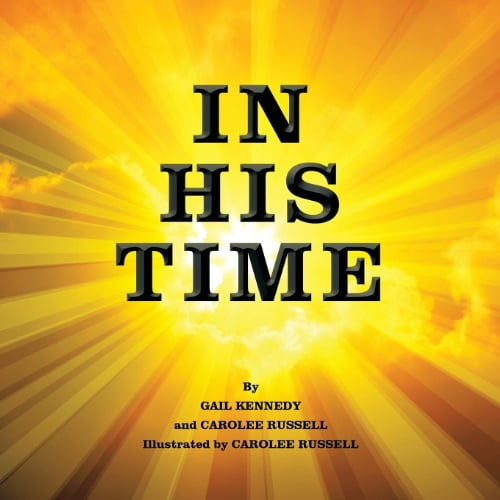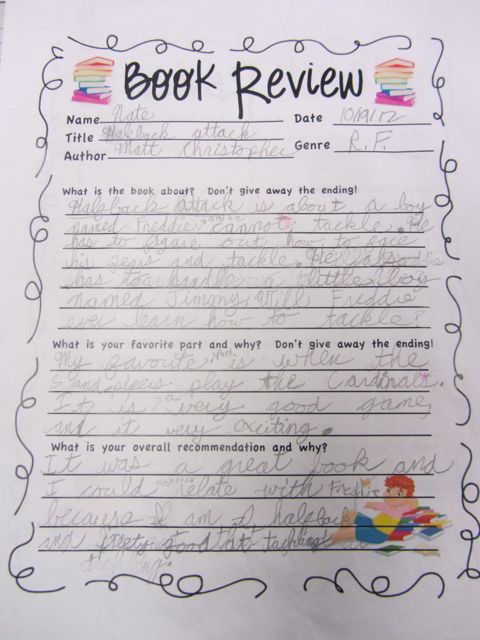
Given these possibilities, I’ve become increasingly invested in the potential for Whole Book Approach storytimes to engage in Critical Literacy.

When this happens, the Whole Book Approach’s structural and aesthetic inquiry gives way to, or becomes entwined with, ideological discussions about representations of race, gender, class, and other aspects of identity. In my experience, children often first comment on characters, and the shifting of power from the adult reader to child readers can invite students to critically engage with picture book characterization because they don’t feel they must defer to the adult response or interpretation of the story. What I’ve found time and again is that by welcoming children to talk about art and design and affirming that I care about what they have to say, they are empowered to take risks in their learning. This striving is achieved, in part, through open-ended questions inspired by Visual Thinking Strategies (VTS) and Dialogic Reading techniques that prompt children to read pictures, reflect on design, and engage in metacognition to assert evidentiary thought, a cornerstone of critical thinking. I therefore advocate that adults strive to center children's responses to picture book art and design during shared readings. Inspired by scholar Louise Rosenblatt (quoted above) my hope is that the Whole Book Approach can help teachers and other adults let children "happen" to books by making kids' voices as important to the storytime experience as the books themselves are.

The Whole Book Approach is a co-constructive storytime model rather than a performance-based one- or put another way, it's a way of reading with children, as opposed to reading to them-and I'm always careful to stress that there is no one right way to do it. People also happen to books.” ~Louise Rosenblatt The Sets are available for pre-order for the 2020-2021 school year. This piece is adapted from an essay in Megan’s forthcoming collection Book Bonds: A Family’s Reading Life, and from a piece called “A Message from Megan,” which she wrote as part of her development of new Whole Book Approach Storytime Sets for grades Pre-K – 5 with educational distributor Steps to Literacy. Discover more about the approach in her book, Reading Picture Books with Children: How to Shake Up Storytime and Get Kids Talking About What They See(Charlesbridge 2015). below), Megan, in association with the Eric Carle Museum of Picture Book Art, has developed the Whole Book Approach, a process building on Visual Thinking Strategies (VTS) that focuses on the picture book as a visual art form, and explores with children the picture book’s “materiality” as a way of making and expanding meaning.

In addition to many other accomplishments (see her bio. We’re happy to feature this guest post by author Megan Dowd Lambert.


 0 kommentar(er)
0 kommentar(er)
